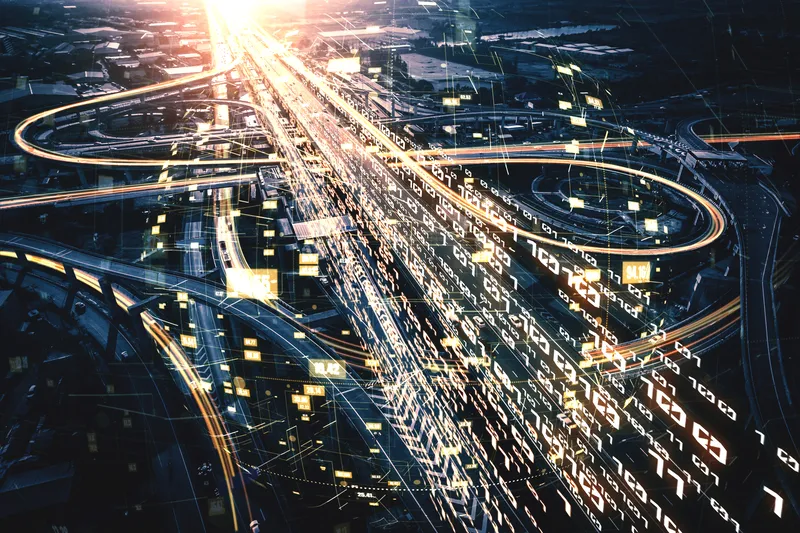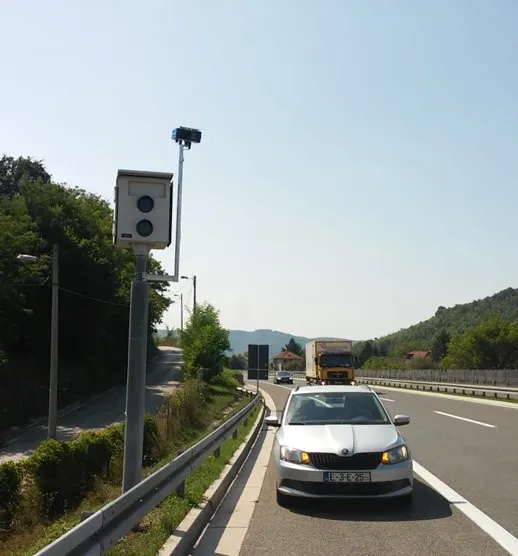The partners are launching a red light and speed violation detection system along the 14km ring road between the Dhaula Kuan intersection and Sarai Kale Khan village, near the Indian capital.
Maruti’s system, which has 3D radars and more than 100 high-resolution cameras, is also expected to capture the registration numbers of vehicles involved in wrong-way driving or failure to stop at stop lines.
Maruti says the system automatically encrypts and transfers the data of alleged offences to the centralised server at Delhi Traffic Police HQ in Todapur, near Naraina in south-west Delhi. It generates photo evidence of infringements which is then sent to drivers via text, email and post. In addition, it offers data analytics and generates trend reports for monitoring the system’s efficiency.
Delhi Police will manage the system while Maruti and its partners DIMTS (Delhi Integrated Multi-Modal Transit System) and technology firm Aabmatica will maintain it for two years. The organisations say they are seeking to improve safety for drivers and pedestrians while improving compliance with road traffic rules.
Maruti Suzuki partners with Delhi police on traffic enforcement
Automotive manufacturer Maruti Suzuki has partnered with the Delhi Police to stop red-light running and speeding.
The partners are launching a red light and speed violation detection system along the 14km ring road between the Dhaula Kuan intersection and Sarai Kale Khan village, near the Indian capital.
Maruti’s system, which has 3D radars and more than 100 high-resolution cameras, is also expected to capture the registration numbers of vehicles involved in wrong-way driving or failure to stop at st
March 4, 2019
Read time: 2 mins
Automotive manufacturer Maruti Suzuki has partnered with the Delhi Police to stop red-light running and speeding.










